Monkstown's Golfing History is a very special one
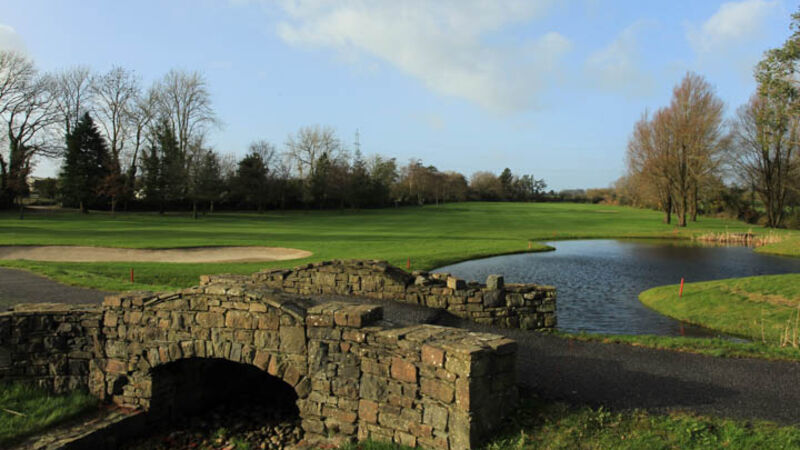
MONKSTOWN is another Cork golf club that can trace it’s history back over 110 years, and remains one of the most popular golfing destinations in the county.
Cork GC Professional David Brown was involved in the original layout of the course and that opened for play in April 1908.
Famed course architect Alister MacKenzie also had a hand in the development of Monkstown, in 1925 his plans for the course were approved.
MacKenzie removed much of the rough on the course and retained the challenge by designing a “well bunkered course”.
MacKenzie was instrumental in the development of golf in Cork, he was involved with design changes in Muskerry and Douglas while also designing much of the current layout in Cork Golf Club.
Like many other clubs in the early days of golf in Ireland, the course’s proximity to the Monkstown train station was a key factor in the early popularity of the club.
In 1958 the club completed the purchase of the castle and the course, this development was facilitated by growing demand for membership.
From then the club continued to grow, boasting a large membership.
A further investment by members in 1966 saw the club purchase of the 62 acre Parkgariff farm and that in turn allowed the course to be extended to a full 18 holes.
That land also allowed the club to develop a new purpose built clubhouse that would serve the club for close to 40 years.
Heading towards the centenary in 2008, the club embarked on an ambitious programme that would see a major new clubhouse development.
An impressive two storey clubhouse, incorporating much improved facilities was opened in time for the 100th anniversary and later in 2008 the club also hosted the GUI Cups and Shields all Ireland finals.
Hopes were high that the host course would claim a coveted green pennant but the Jimmy Bruen team lost out in the final.
2008 saw the most recent changes to the course which reshaped the closing hole and added a new water feature which is also a very pleasing backdrop to the clubhouse.
Recently the club has been removing several non-native leylandii trees and replaced these with indigenous hardwood trees.
Thanks to the number and variety of trees on the course, it’s home to a large number of native red squirrels.

The mature parkland course has a variety of features and the par 70 stretches over 6,200 yards and provide a fair test for all golfers.
The front nine is based around the original land held by the club and in addition to plenty of mature trees, golfers also have to work with changes in elevation and clever bunkering.
The back nine is similar given the tree lined fairways in play in most holes.
Water also comes into play in four holes including two of the last three.
The 16th, 17th and 18th provide a great finish, especially in matchplay.
The 16th is a testing par three, measuring over 190 yards from the new back tee.
Firing over the stream and waterfall golfers need to accurately hit the generous two tier green to ensure par.
The 17th is the index one on the course and the par four measures over 440 yards.
Playing against the prevailing wind, and with out of bounds on the right, a par on this hole is always a welcome score.
The closing hole starts from an elevated tee giving a great view of the fairway, however there’s danger on three sides.
Firstly there’s a carry to be negotiated to put the ball into play, and then there’s trouble left and right.
On the left there’s the 14th fairway but there’s also a stream and plenty of trees to hamper a pulled drive.
On the right there’s out of bounds and yet more trees that will take the green out of play in two shots.
The addition of two lakes to the left of the green adds to the pressure of the approach while the green itself is a tricky surface.
Monkstown Castle, which forms the club crest is closely associated with the club.
Originally built in 1636, the castle and the demesne went through several different owners with the De Vesci holding it for much of that time.
There were many different occupants including a period where it was used as a barracks and housed 450 soldiers in the early 1800’s.
Playright George Bernard Shaw is said to have spent time there and his family are credited with the extensive woodlands around the demesne which were planted when they were in residence in the late 1800’s.
The castle served as a base for Monkstown Badminton Club for a few years in the early 1900’s before the golf club was established in 1908.
The golf club set about many necessary repairs to the 300 year old building, including extensive works to access routes.
Following the purchase of additional land in 1966, the club built a new clubhouse in 1971, removing the need to retain the castle as a base.
New owners commenced intensive restoration works around 15 years ago and the work on the exterior was completed in 2010.
While the restoration work fully restored the exterior and roof of the castle, the interior remained empty.
Planning permission was granted for three apartments in the castle and it’s currently listed for sale.
The castle retains its place in the club as its clearly seen when walking to and from the 7th tee.
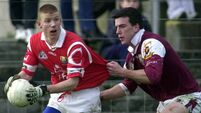

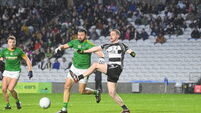
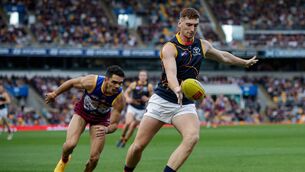
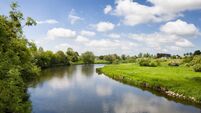


 App?
App?







